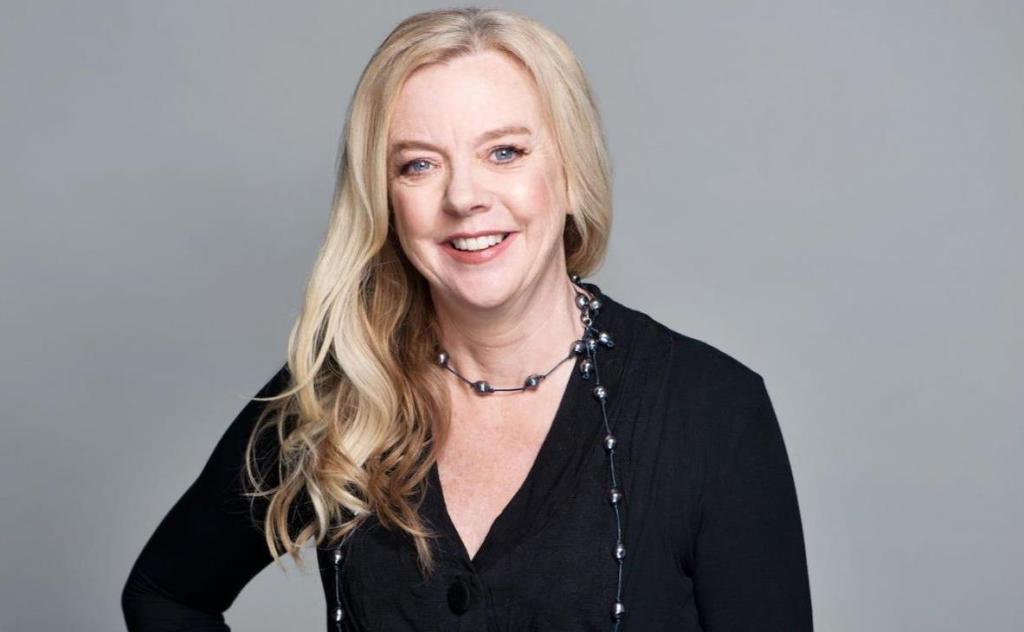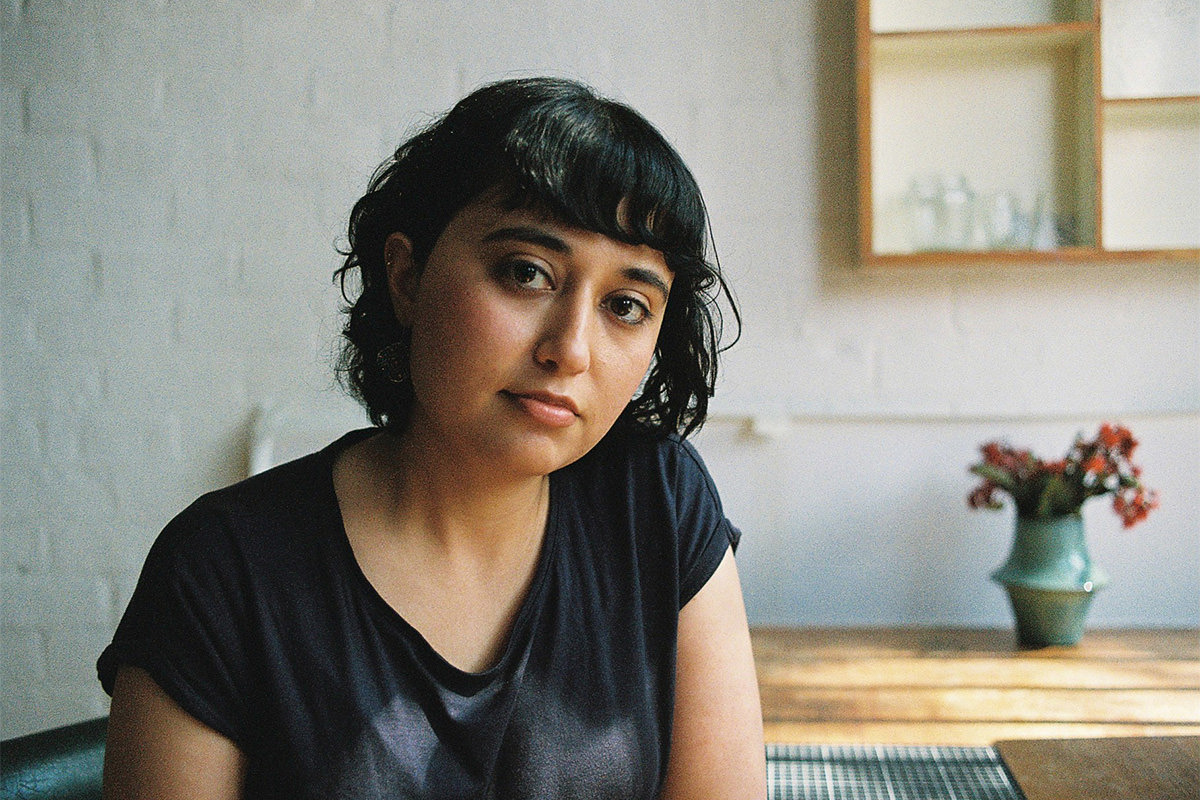by David Tiley. Screenhub 27 Sep 2022
The box office sees a small elite flocking to You Won’t Be Alone, as mainstream audiences prefer a pair of elderly lovers wisecracking in Ticket to Paradise.
Goran Stolevski’s Australian-Macedonian film You Won’t Be Alone arrived this year with some excellent reviews. ‘A spellbinding horror movie from a great new talent’, said The Guardian, though David Stratton admits to being down on the film.
We will side patriotically with Variety, which contributes, ‘Drawing on his Macedonian roots, director Goran Stolevski delivers a truly unique feature debut: an erotically charged, at times brutish quest for identity, disguised as an elevated horror film.’
The film also played at the Melbourne International Film Festival, where Stolevski’s sophomore feature Of An Age opened the festival to rave reviews. 2022, it seems, is the year of Stolevski.
But how does the Box Office treat that true filmic reality – a new talent with a powerful vision? It went out on seven screens and made just $11,000. Here’s hoping this is ‘week one’ in a cunning plan by distributor Madman. It has taken $422,000 around the world including $405,000 from the US, before streaming in North America on Peacock.
Read: Sissy and You Won’t Be Alone shake up the horror film genre
In other news, Del Kathryn Barton’s Blaze has been in cinemas for five weeks, is now on only one screen and has made $85,000. It seems daring cinema is not being celebrated – and magic realism is treated like the pox.
The box office ladder
For the second weekend in succession, soft rom-com Ticket to Paradise from Julia Roberts and George Clooney takes the top slot with a hefty $2.87m, even as all the states went into school holiday mode and saw younger audiences filling theatres.
Ticket to Paradise lost 61 screens to run on 454 total, but only dropped 5% in total box office, to put a solid $7.8m into the exhibitor bank accounts.
DC League of Super-Pets went up by 50% to reach $7.87m, almost challenging Ticket to Paradise for top slot. In fact, it has made $4,000 more than Ticket to Paradise over the same two weeks by pulling ahead this week.
Paws of Fury climbed into the ring to face the Super-Pets, but took only $559,000. It has 150 less screens, but is also burdened with a younger demographic. It opened in the US back in July with $9.7m, and ultimately made $38m around the world. The budget was around $70m.
The other reasons for the Fury flop? it is a parody/homage to Blazing Saddles (which is too confusing for the young’uns), and it has been accused of racism for using Chinese gang tropes.
Avatar has been re-released and lit up 500 screens to make a modest $1.39m to claim third place on the ladder. IMAX would have been a significant contributor. It turns out we still have an appetite for colourful space adventures.
Read: I rewatched James Cameron’s Avatar so you don’t have to
Fall, at the number four slot, probably deserves more. Two people trapped up a 2,000 foot mast is an elegant premise that makes no bones about the emotions on offer, and it did very well internationally. $20m off a budget of $4.6m will make UK expat director Scott Mann very happy after a miserable run of three indie action flops, none of which took more than $6.2m.https://www.youtube.com/embed/iSspRSGc4Dk?feature=oembed
We got this film late, and it claimed $754,000 off 264 screens. Not bad, with more to come.
Bullet Train, fattened up with $12.05m over 8 weeks, is coasting into its final station, but still making $337,000 on a weekend. Horror pic Orphan: First Kill has taken $2.56m in four weeks; Rom-com After Ever Happy is slogging along with $1.80m in three weeks, and horror funny Bodies Bodies Bodies has hustled $692,000 in two weeks, which is not bad.
Read: Bullet Train puts Brad Pitt in prime goofy mode
Australian roundup
Elvis is sitting on the porch strumming a guitar with $33.27m.
Good Luck to You, Leo Grande has hung in for six weeks to reach $3.06m, with $85,000 this weekend on 94 screens. Without a US release it made $9.72m around the world though some of the figures are obsolete.
Read: Leo Grande – a sex film that works
Three Thousand Years of Longing never found an audience. Here it has made $1.21m in four weeks and is down to 75 screens and $90,000 over the weekend, though the international total is $24m. However, $12.58m comes from the US, so Leo Grande pushed it fairly hard. They are very different films, but they both have Australian directors.
Read: Three Thousand Years of Longing – our review
Documentary Franklin has taken $185,000 in three weeks and has lost seven screens in the school holiday muddle.
Falling for Figaro is gaining by tiny increments – in 11 weeks it has made $1.11m.
Read: Falling for Figaro producer on going global with a filmmaking family
Bosch and Rockit has taken $253,000 in six weeks and is down to five screens.
Read: Bosch and Rockit is a daggily cute surf story
The Drover’s Wife: the Legend of Molly Johnson has been around for 21 weeks, is now on one screen, and has made $1.90m, but won’t cross the $2m barrier. So near and so far.
Read: The Drover’s Wife review: a terrific Outback Western
Coming next weekend
See How They Run is built around Agatha Christie’s play, The Mousetrap, which a producer tries to option before his murder. Even the Christie herself becomes involved. Who knows how it will go here, though competition for grownups wanting some silly fun is limited.
Smile is yet another psychological horror rooted deep in the supernatural, involving doctors and self-generated horror. It’s said to have good scares, but little stands out in rewriting an ageing genre.
In other words, the school holiday films are playing out, and nothing much else is happening.
Go and see You Won’t Be Alone if you can find it. You will belong to a small, smug elite – and don’t we all want that?


















